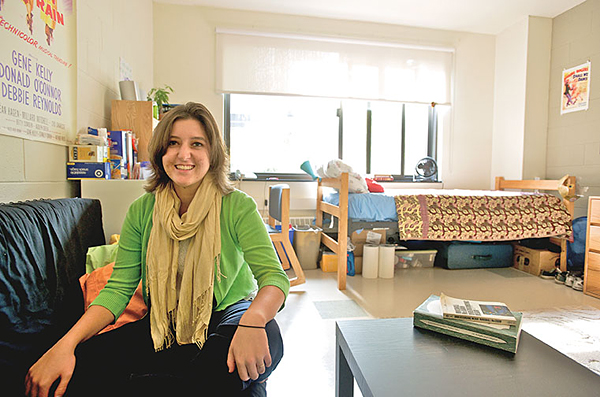An important question to consider when renting your first apartment (or your next apartment) is what percentage of the rent should be. Spending your salary on too much monthly rent may mean that you are experiencing a shortage of other expenses, debt repayments, or advancement of your financial goals.
The 30% rule is a popular rule that determines how much income should be used for renting. When you plan your rental budget, the following are the most important things to remember.
30% of the rules explain: How much rent should you pay?
Simply put, 30% of the rules suggest that your monthly housing cost does not exceed 30% of your total monthly income. So, if your total monthly income is $5,000, the maximum amount you should pay for housing, including rent, is $1,500.
This is a generally accepted rule in the personal finance community and a guideline that many landowners follow when deciding to rent a property. The 30% rule stems from the income guidelines set for public housing in the 1960s, so it goes without saying that this is a bit outdated.
Interestingly, the 30% rule applies to renting, but the number used to pay for a mortgage is different. In mortgages, lenders typically look for borrowers whose monthly contributions and total debt do not exceed 43% of their income. So, for example, for $5,000 a month, this rule assumes that you spend $2,150 a month on housing and debt repayment.
Why 30% of the rent payment rules are not always valid
The 30% rule has two major flaws when deciding the ratio of rent to income. First of all, this does not explain inflation and rising rental prices.
In 2018, the national average rental price dropped slightly. Despite this, rent prices in some areas are rising faster than in other regions, and prices in cities such as Las Vegas and its surrounding suburbs have grown by an average of 3% or more.
Another problem with the 30% rule is that it is not a personalized rule for your personal situation. It doesn't take into account, for example, how much student loans or credit card debt you can pay, how much you earned, your financial goals, or the real estate market conditions you are planning to rent.
The average monthly repayment of student loans is 393 yuan. The average salary of new college graduates is $50,000 or $4,166 per month. With a 30% rule, you need to allocate $1,450 a month in rent. Subtracting $393 for a student loan, you have $2,523 per month. It may seem like a lot, but when you factor in transportation, health care, insurance, food, clothing and utilities, it may disappear soon.
On the other hand, you may be a high-income earner with an annual income of $250,000. In this case, a 30% rent requirement costs $75,000 per year or $6,250 per month. You can of course do this, but if you want to save as much money as possible, then you can, for example, retire early, you may want to spend less on the rent.
Should you spend a few percent of your income on your rent?
The best answer to this question may be the one that best suits your budget and financial situation.
If you don't have any debt, you can pay more than 30% of your income. Or, if you live in a real estate market where rent prices are skyrocketing, this may be a necessity. On the other hand, you may want to spend as little rent as you can each month so you can pay off your debt or increase your savings. It is helpful to plan your budget carefully.
This will let you know how much you go out every month, not come in. It can tell you if you can afford more rent, or if you should look for a lower rent.
Find More

Welcome to HouseRentUS.com, your trusted online rental marketplace. We simplify the
connection between renters and property listings without participating in rental transactions or charging
users any fees. For a cost-free, efficient search for houses, apartments, and rental homes, our platform is
your go-to resource to find affordable housing across the USA.
We sustain our services through ad partnerships, including Google, ensuring a user-centric experience. By
interacting with ads, you support our mission to enhance your property search journey. Thank you for your
understanding and engagement.



